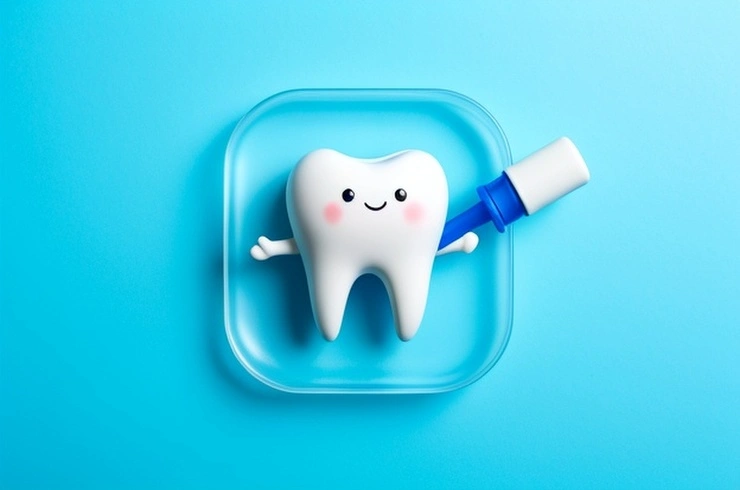
Our teeth are constantly battling a silent enemy: plaque. This sticky film of bacteria is the primary culprit behind tooth decay, a process that, if ignored, can lead to serious dental complications. Understanding the stages of tooth decay and how to prevent it is crucial for maintaining a healthy smile.
The Progression of Tooth Decay
Tooth decay doesn't happen overnight; it's a gradual process with distinct stages:
Stage 1: Demineralization. This initial stage involves the loss of minerals from tooth enamel, the hard outer layer. Plaque bacteria, when combined with sugar, produce acids that erode the enamel. White spots on your teeth can be a sign of demineralization.
Stage 2: Enamel Decay. If demineralization isn't addressed, the enamel continues to wear down. The white spots may darken, and small holes, known as cavities, begin to form. At this point, a dental filling is typically required.
Stage 3: Dentin Decay. Beneath the enamel lies the dentin, a softer tissue that's more vulnerable to acid damage. Once decay reaches the dentin, it can progress more rapidly. The dentin contains tiny tubules connected to the tooth's nerves, so you might experience increased sensitivity to hot or cold foods and drinks.
Stage 4: Pulp Damage. The innermost part of the tooth is the pulp, which contains nerves and blood vessels. When decay reaches the pulp, it can become inflamed and painful due to pressure on the nerves. If the roots are affected, a root canal or even tooth extraction might be necessary.
Stage 5: Abscess Formation. The most severe stage involves bacteria invading the pulp, leading to an infection and the formation of an abscess – a pocket of pus at the tooth's root. Abscesses cause intense pain that can spread to the jaw, along with symptoms like gum swelling, fever, and swollen lymph nodes. This is a serious infection that requires immediate medical attention to prevent it from spreading and causing tooth loss.
Preventing Tooth Decay: Your First Line of Defense
The good news is that tooth decay is largely preventable. Your best strategy is a consistent and effective oral hygiene routine:
Brush and Floss Regularly: Brush your teeth at least twice a day with fluoride toothpaste and floss daily. Fluoride helps strengthen enamel and can even reverse early-stage demineralization.
Regular Dental Checkups: Many early signs of tooth decay are only detectable by a dentist. Schedule routine checkups to allow your dentist to identify and treat decay before it worsens.
Consider Protective Treatments: Your dentist might recommend topical fluoride treatments to strengthen enamel or sealants to protect the chewing surfaces of your back teeth, especially in children.
Treating Cavities and Advanced Decay
If early decay isn't stopped, it progresses into cavities. Prompt dental attention is crucial:
Fillings: For smaller cavities, your dentist will remove the decayed portion and fill the area with a composite or amalgam material.
Crowns: Larger cavities or significant tooth damage may require a crown, a cap that covers the entire tooth to restore its shape and function.
Root Canals or Extractions: For advanced decay affecting the pulp, a root canal may be performed to remove the infected pulp and save the tooth. In severe cases, the tooth may need to be extracted.
Beyond the Basics: Lifestyle Choices for a Healthy Mouth
Your diet and lifestyle also play a significant role in preventing tooth decay:
Eat a Tooth-Healthy Diet: Incorporate plenty of fruits, vegetables, and dairy products like cheese, yogurt, and milk. These foods stimulate saliva production, which helps neutralize acids, and provide essential minerals for strong teeth.
Limit Sugary and Starchy Foods: Sugary drinks, candies, and starchy snacks like chips contribute to plaque formation. If you do consume them, try to do so with meals, as increased saliva during meals helps reduce acid production. Always brush your teeth afterward.
Stay Hydrated: Drinking water throughout the day helps rinse away food particles and bacteria.
Untreated tooth decay can lead to chronic pain, infections that spread to other parts of the body, and even tooth loss. Prioritizing your oral health through diligent home care and regular dental visits is an investment in your overall well-being.
Pro Tip
The content of the article is shared by netizens, please carefully identify it